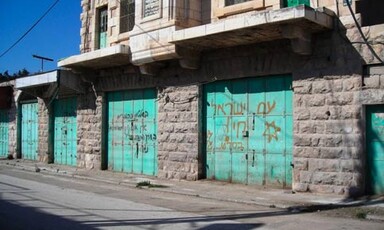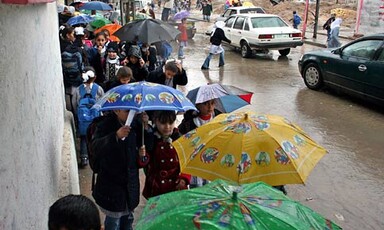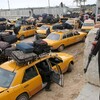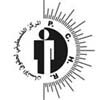
Hebron Occupied, And Deserted
22 January 2007
HEBRON, Jan. 22 (IPS) - As the illegal Israeli occupation grinds on, the daily situation for Palestinians worsens by the day. Hebron presents a vivid picture of the cumulative face of this colonial project. Hebron, about 35km south of Jerusalem in the occupied West Bank, has historically existed as a mixed Muslim-Jewish city, but over the last few decades the Israeli authorities have been choking its 150,000 Palestinians while supporting the settler movement. Approximately 650 radical right-wing settlers have taken over parts of the old city, destroyed Palestinian neighbourhoods and the economic infrastructure, and are free to terrorise Palestinians at whim. Read more about Hebron Occupied, And Deserted








